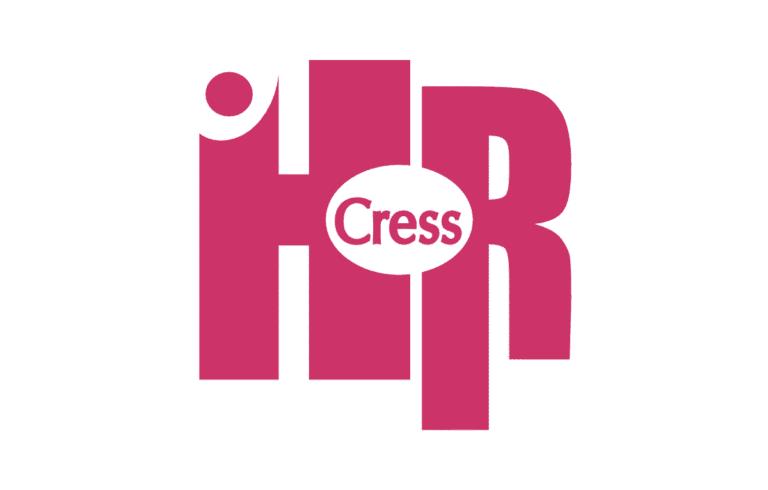In the whirlwind of small business ownership, it’s easy to get swept up in daily demands. But when a business strategy lacks a core purpose, growth can feel scattered. That’s why defining your mission statement is one of the most powerful and practical moves you can make. It’s not just a branding line. It’s your North Star.
What Is A Mission Statement & How Does It Shape Business Strategy?
Your mission expresses why your business exists in its entirety, from who it serves to how it shows up in the world. It’s a declaration of purpose that threads through hiring decisions, brand messaging, service design, and customer experience.
What does a clear mission do?
- Clarifies your core purpose and values
- Builds trust with clients, partners, and team members
- Creates consistency across operations and branding
- Grounds your business decisions in authenticity
Whether you’re an established construction firm or a growing hospitality team, a clear mission keeps your business human and focused.
How Mission Fuels Strategy
Every significant decision, from launching a new service to selecting marketing channels, should align with your mission. When strategic planning begins with purpose, it becomes a blueprint for sustainable, values-aligned growth
Here’s how it works:
- Goal-setting becomes focused and intentional
- Opportunities are evaluated through a purpose-based lens
- Systems and team structures are designed to reflect your ethos
- Messaging resonates more deeply with your ideal audience
Your mission statement doesn’t just support your strategy—it steers it.
3 Prompts To Help Uncover Your Mission
If you’re crafting or refining your mission, start with clarity and heart. You can follow these prompts:
- Why did I start this business—and what need do I meet?
- Who do I serve—and how do I want them to feel after working with me?
- What principles or experiences shape how I operate?
The answers don’t have to be perfect. Start with your story, then shape the statement to reflect your voice and vision.
What’s Next
Your mission statement isn’t one-and-done. Revisit it as your business grows. Let it evolve while staying rooted in your original purpose, and once it’s clear, you’ll want to use it across all your business processes and functions:
- Onboarding materials
- Service descriptions
- Marketing content
- Strategic planning sessions


